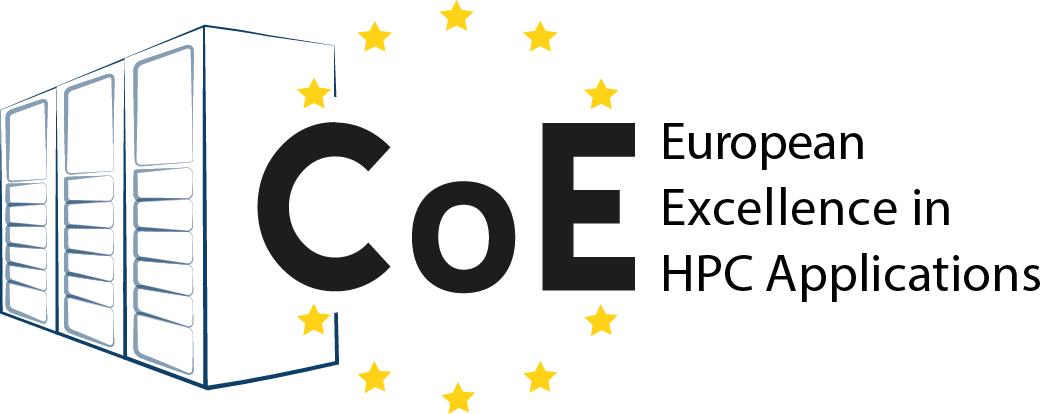GPU Optimizations for Atmospheric Chemical Kinetics
Short description
Within the ESiWACE2 project, open HPC services to the Earth system modelling community in Europe provide guidance, engineering, and advice to support exascale preparations for weather and climate models. ESiWACE2 aims to improve model efficiency and to enable porting models to existing and upcoming HPC systems in Europe, with a focus on accelerators such as GPUs. In this context, through a collaboration between Cyprus Institute, Atos, NLeSC and also with the participation of Forschungszentrum Jülich, the ECHAM/MESSy Atmospheric Chemistry model EMAC has been optimized. EMAC describes chemical interactions in the atmosphere, including sources from ocean biochemistry, land processes and anthropogenic emissions. This computationally intensive code was ported in the past to GPUs using CUDA to achieve speedups of a factor of 5-10. The application had a high memory footprint, which precluded handling very large problems such as more complex chemistry.
Results & Achievements
Thanks to a series of optimizations to alleviate stack memory overflow issues, the performance of GPU computational kernels in atmospheric chemical kinetics model simulations has been improved. Overall, the memory consumption of EMAC has been reduced by a factor of 5, allowing a time to solution speedup of 1.82 on a benchmark representative of a real-world application, simulating one model month.As a result, we obtained a 23% time reduction with respect to the GPU-only execution. In practice, this represents a performance boost equivalent to attaching an additional GPU per node and thus a much more efficient exploitation of the resources.
Objectives
The goal of the project service was to reduce the memory footprint of the EMAC code in the GPU device, thereby allowing more MPI tasks to be run concurrently on the same hardware. This allowed the model to be optimized reaching high performance for current and future GPU technologies and later to extend its computational capability, enabling it to handle chemistry that is an order of magnitude more complex, such as the Mainz Organic Mechanism (MOM).

Technologies
EMAC (ECHAM/MESSy) code
CUDA
MPI
NVIDIA GPU accelerator
Atos BullSequana XH2000 supercomputer
